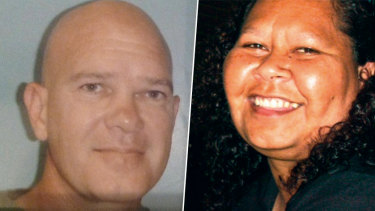The principles of justice are multiple principles which are designed to give every Australian equal treatment by the law system. These principles are important as they allow everyone to be treated fairly by the law and have a fair go in courts and no person is more important than anyone else in courts. For example, a principle is the right to a fair hearing, where both sides get the chance to present evidence and the independence of the judiciary, where the judge and jury are independent from the government, so the government cannot influence cases. Through the Scott Austic case, it will be shown that some of these principles have not been upheld correctly.
Another element of the Scott Austic case was that they was a independent judge and jury present at his trial. When Scott went to trial he was given a unbiased jury and an impartial judge. The jury made their verdict solely based on the facts and evidence of the case, even if the evidence was not reliable. Due to the overwhelming case the prosecution had, Scott was put as guilty by the jury. They also were randomly selected citizens who did not previously know Scott or Stacey, so they could not use their opinions to determine whether Scott is guilty or not. The judge was also independent from the elected government, so the government could not influence the judge’s decisions. An impartial judge also allows both parties to present their case to the court with equal chance. These examples clearly demonstrate that Scott was given a fair judiciary.
To prove the accused guilty, reliable evidence must be present to the jury so the jury can determine if the accused is guilty or not. This principle is called High Quality Evidence. If fake or planted evidence is presented to the court that may incriminate an individual , then there is a miscarriage of justice. This occurred in the Scott Austic case. The case involved a man who was presumed guilty of killing his pregnant girlfriend in 2007. His girlfriend, Stacy Thorne was found dead and stabbed 21 times by a 15cm knife. The police had conducted a sweep of the area around the body and found no evidence. However, a few days after, they found a knife aswell as a cigarette pack , both with Stacy Thorne’s blood. The cigarette packet was found on Scott’s verandah and the knife was found between Scott and Stacy’s houses. However, police photographs of the place the day before they were found showed none of these objects. This is clearly planted evidence by the police to incriminate Scott.

The principle of the right to appeal was supported in the Scott Austic case. After it was discovered that evidence was planted by the police with intention to incriminate Scott, Scott had a fair reason to appeal his sentence as there was evidence of bias against Scott. He then had a retrial with a independent judiciary, and it was found by the jury that he was in fact, not guilty of the murder of Stacy Thorne. This was supported the right to appeal because Scott was within his rights to appeal to a higher court for he case, as he was dissatisfied with the result of the first trial due to unreliable and planted evidence. He was able to appeal his case to a judge for this reason, and it was found that the evidence created bias against himself. This demonstrates that the right to appeal was upheld in the Scott Austic case.
Good work!
In your second paragraph, you may want to conclude with a statement which links back to why this is a violation of justice.